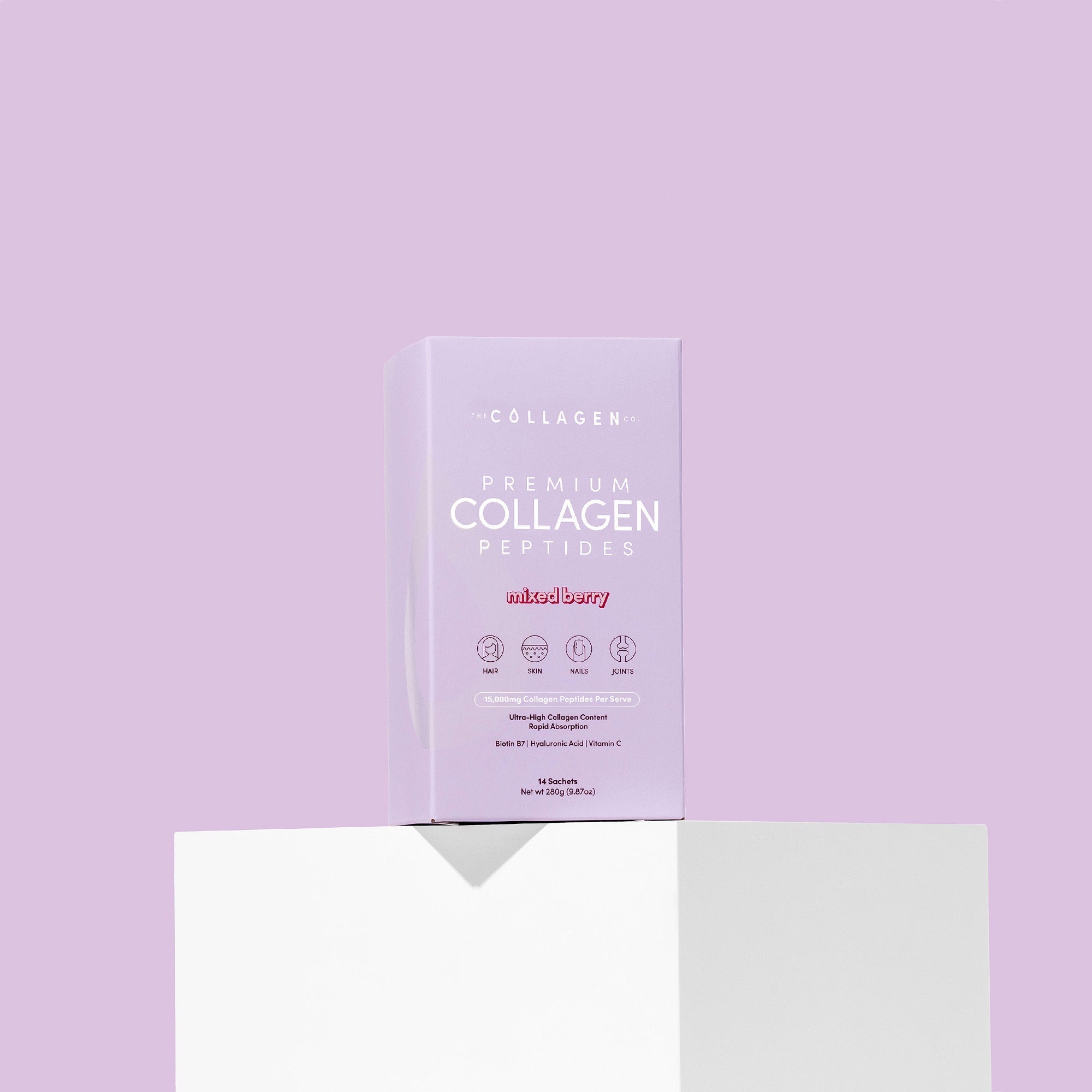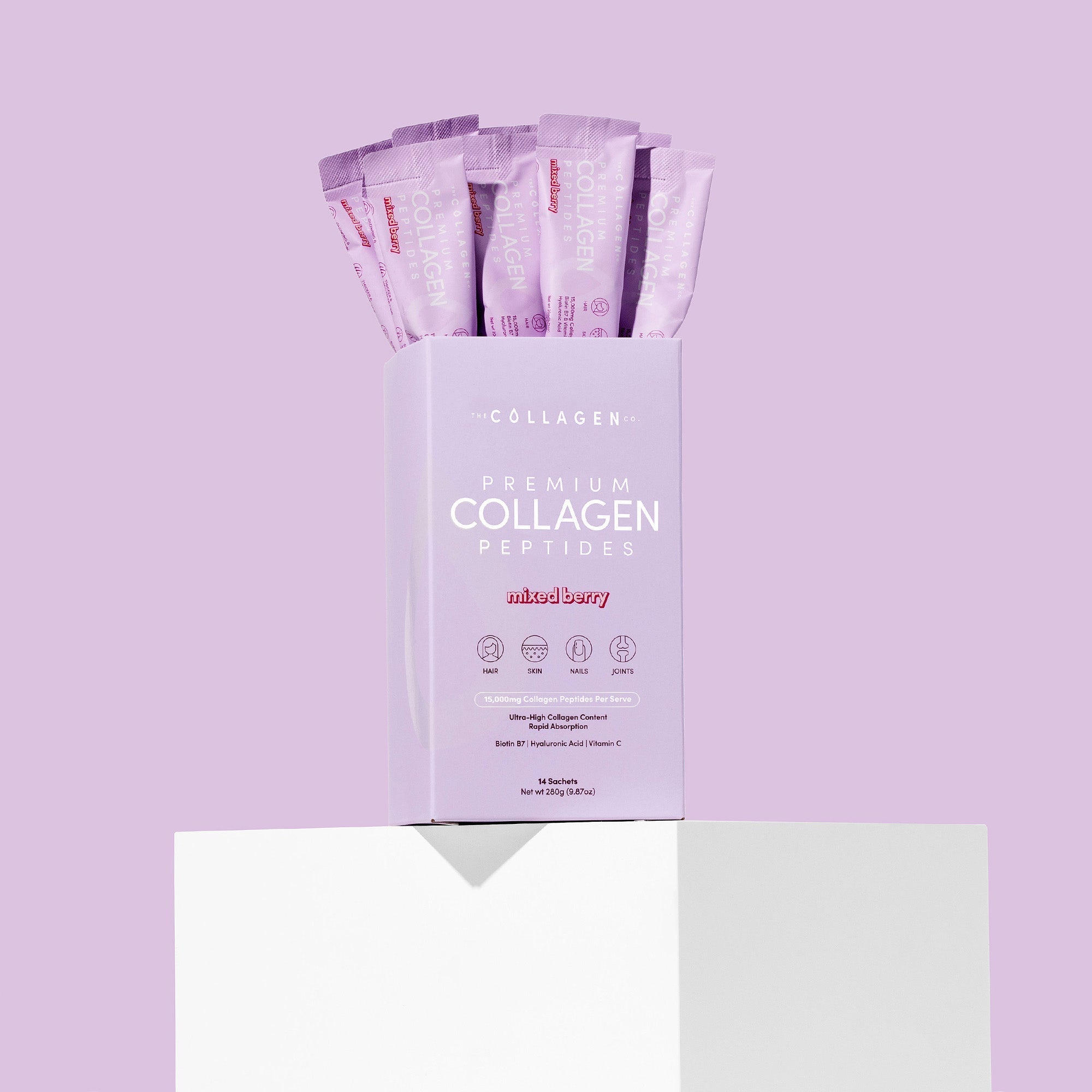How to Start Exercising after a Long Time or as a Complete Newbie
Posted 28th December 2023

Maybe your status with exercise has always been "on and off". Or maybe you're completely new to the fitness game. Either way, you've hardened your resolve this time around — and are 100% serious about getting into a good, consistent workout groove.
Your only doubt: where do you start?
Our answer is right here. With this article. Below, find a short and sweet 3-step guide for how to start exercising.
#1: Pick a physical activity you enjoy
Quick question. What words do you typically associate with “exercise”? Chore? Dread? Torture?
If it’s any of those (or their synonyms), chances are, you haven’t been doing the right physical activity for you. As shocking as it may be for you to hear, fitness is supposed to be fun.
You should enjoy it.
So, don’t just stick to the usual choices — running, weightlifting, Pilates, or yoga — if they’re not for you. Instead, explore other forms of movement.
Examples include rock climbing, martial arts, adult gymnastics, and pole dancing.
Remember: as long as you’re getting your body in motion, you’re exercising.
#2: Decide on a realistic workout frequency
Once you’ve found a physical activity (it could be plural, physical activities, too) that lights your heart up, decide on a workout frequency that makes sense with your schedule and goals.
It can be tempting to shoot for a 6x weekly frequency right off the bat. But don’t.
Striving for that frequency can lead to burnout and set you up for failure: once you miss a couple of sessions (because, life), you’d likely lose motivation and throw in the towel.
Here's a tip: visualize your current weekly schedule by mapping your daily commitments — e.g., work, ferrying kids to and from school, and mealtimes — onto a timetable. Identify the days when you have the largest pockets of free time.
Start with exercising on those days first.
It's OK even if you only have 1 day out of a week. Yes, really. And that's because:
- This 2022 study published in the British Journal of Sports Medicine found that just 1 hour of aerobic exercise (moderate or vigorous or a combination of both) weekly significantly lowered the risk for all-cause mortality.
- This 2022 meta-analysis published in the American Journal of Preventive Medicine found that any amount of resistance training* versus performing no resistance training was enough to lower the risk of all-cause mortality by 15%, cardiovascular disease mortality by 19%, and cancer mortality by 14%.
*Note: strength training in the gym isn't the only form of resistance training you can do. Any exercise that requires your muscles to overcome resistance (it could come from your body weight) will count as resistance training — e.g., calisthenics, bodyweight training, and yoga.
Bottom line? Start small; you really don’t need much to reap the health benefits of exercise.
And, of course, once you’re consistent with hitting your initial target workout frequency, you can gradually work your way up to a couple more sessions weekly. If your schedule permits.
How to start exercising: running and strength training specific tips
Now, as mentioned earlier, you don’t have to run or strength train if you don’t find them enjoyable. However, they are still the most popular cardio and resistance training choice for most people.
So, here are a handful of “quick starter” tips on how to start exercising for both:
- Running: Choose comfortable shoes, and wear breathable, snug socks that are not suffocating. Start slow. Focus on hitting a specific duration or distance, then gradually increase those when ready.
- Strength training: Look up exercises you could do in the gym beforehand (there are tons of free resources available — articles, YouTube videos, etc.). Start with machine-based exercises as they guide how your body should move during a particular movement. Don't be too eager to pile on the weights; always prioritize form.
#3: Fuel your body right
When you’re physically active, your body will typically need more of the right nutrients for optimal functioning and workout performance.
There’s no one best diet for a physically active lifestyle. But there are broad guidelines you could follow.
Calorie intake
How many calories you should eat depends on your goals — build muscle, lose fat, or maintain weight?
The good news is that there are many free online calorie calculators (e.g., Mayo Clinic’s) that’ll help you figure out your ideal intake based on your goal, physical activity levels, age, etc.
Note that you don’t need to count your calories if you don’t want to.
As long as you’re sticking to general, healthy guidelines (more on this later) and changing your weight as planned, you should be fine.
Macronutrients intake
Most research suggests physically active people should eat 1.2 to 2.0 grams of protein per kilogram of body weight.
That’s because protein helps your body repair and build muscle.
Now, what about energy-boosting carbohydrates and hormone-balancing fats? How much of each should you consume? Research suggests roughly allocating your remaining calories in this carbohydrate-to-fat ratio: 2:1.
Prioritize whole, minimally processed foods
Remember when we mentioned healthy eating guidelines?
It’s not just macronutrients you should care about, but also micronutrients; these are the vitamins and minerals your body needs for optimal well-being and disease prevention.
So, to ensure you get enough of them, you should ideally build your diet around whole, minimally processed foods with lots of fruits and vegetables.
Support your fit lifestyle with The Collagen Co. products
Still reeling over the amount of protein you need to eat (1.2 to 2.0 grams per kilogram of body weight)?
If you were barely eating protein before, meeting your increased requirements through foods alone can be challenging. Thankfully, there’s help available — in the form of The Collagen Co products, which deliver anywhere between 13.5 (our Premium Collagen Peptides) to 29+ (our Glow Shakes) grams of protein per serving.
Plus, since they’re formulated with hydrolyzed collagen peptides, they’ll do more for your skin, hair, nails, immune system, and gut health than the average protein powder.
What could be better than that? Maybe their tastebuds-winning flavours: from refreshing bubble gum grape to lusciously creamy vanilla milkshake.










































